We may earn revenue from the products available on this page and participate in affiliate programs. Learn More ›
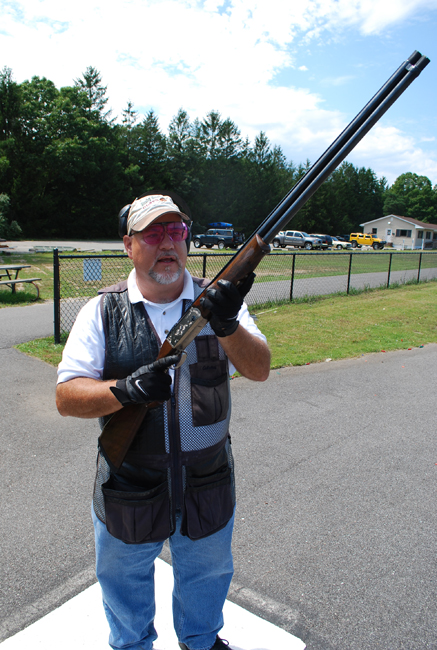
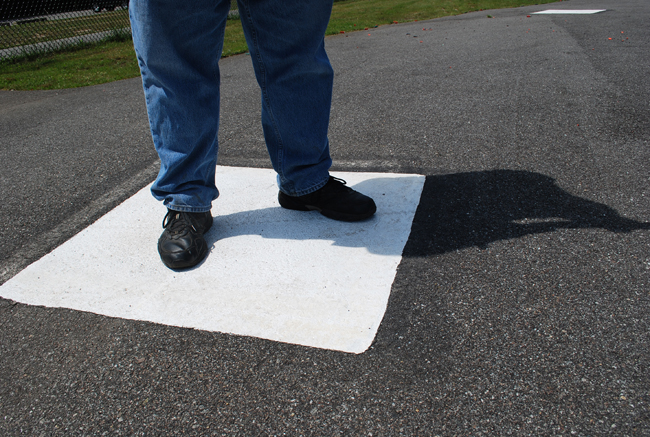
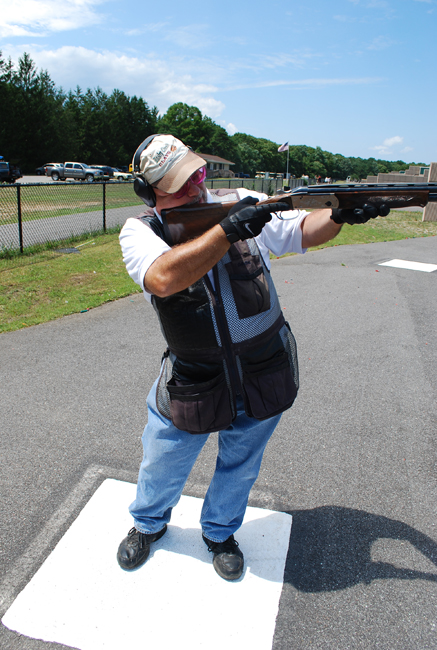
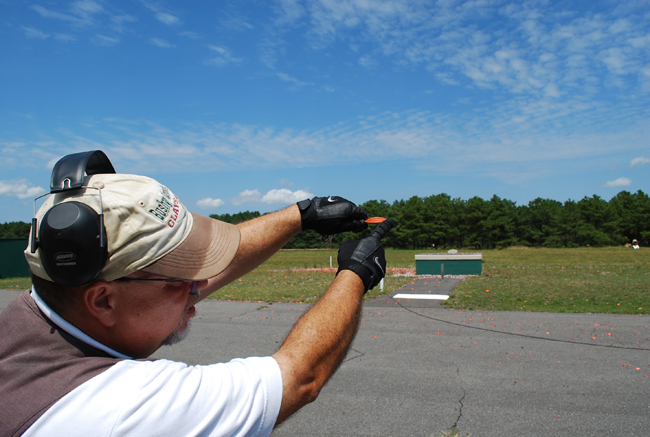
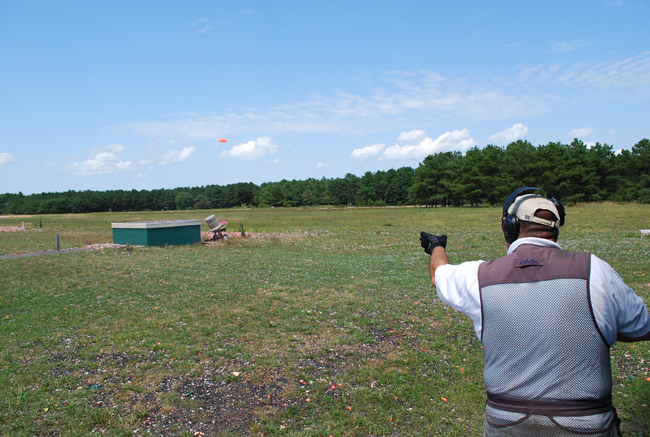
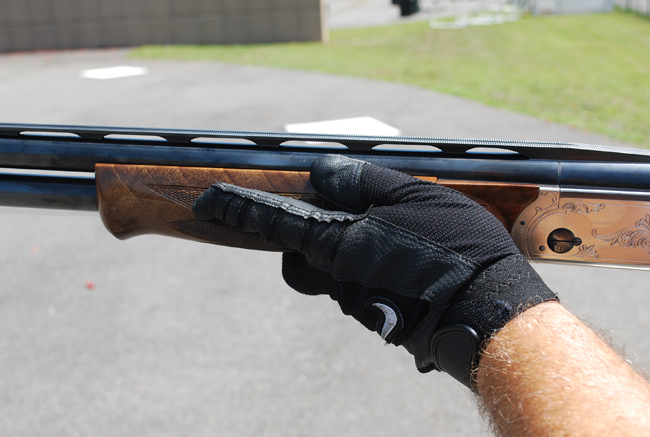
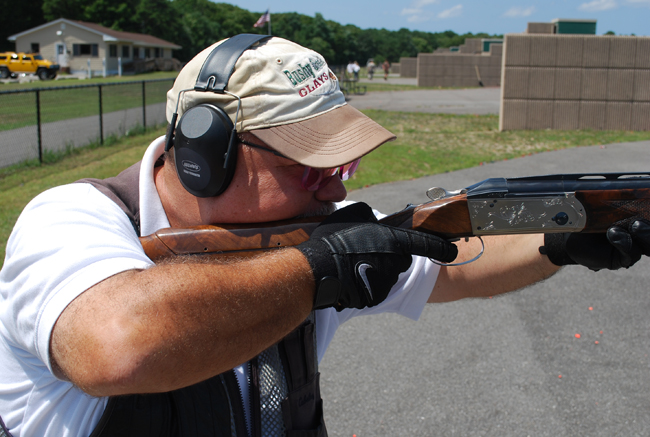
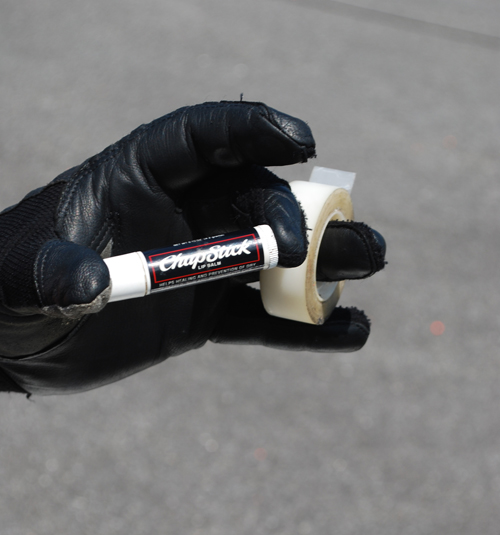
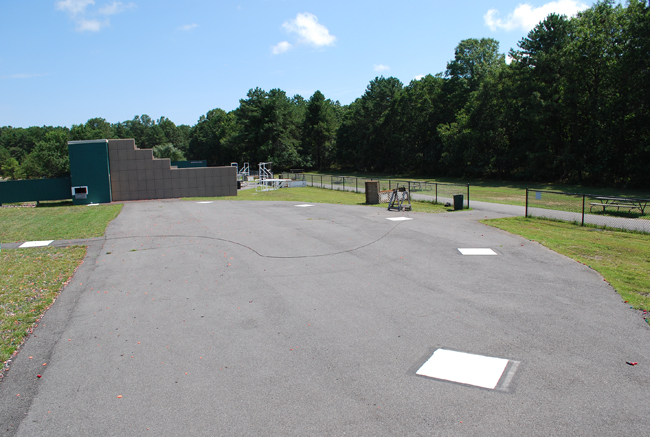
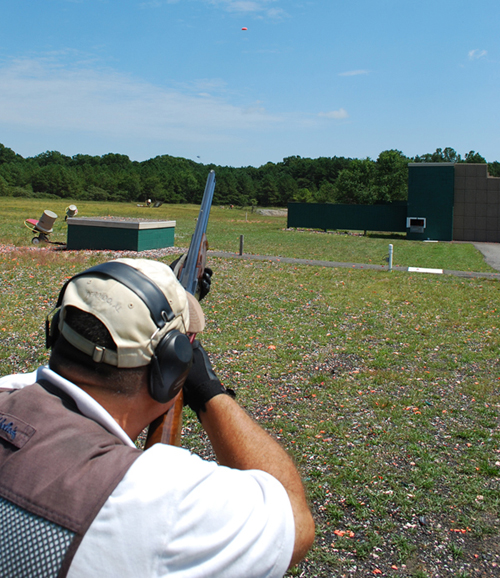
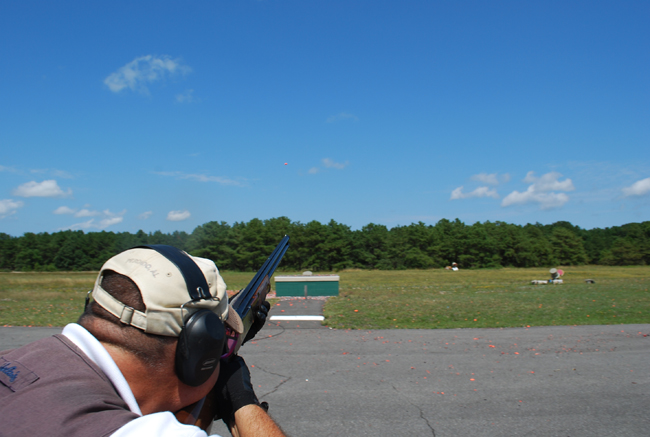
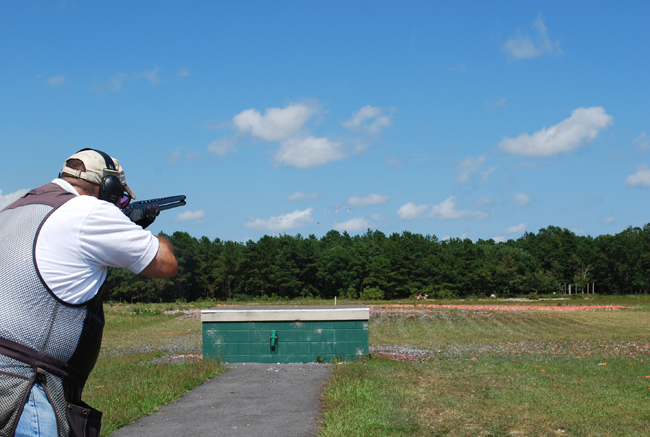
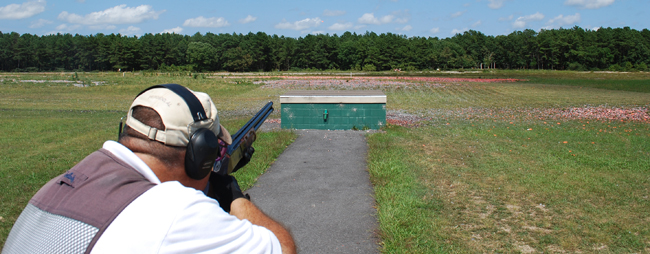
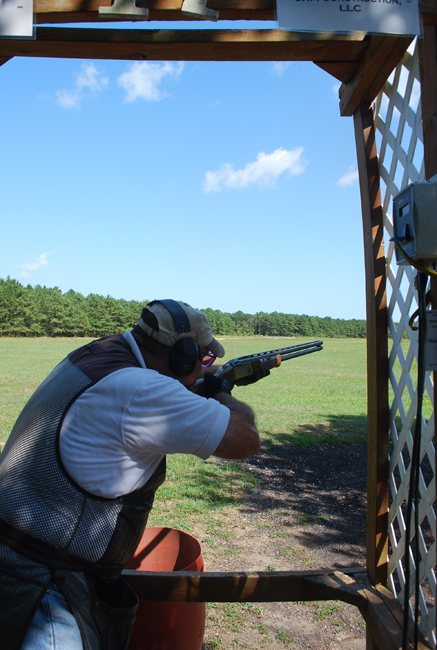
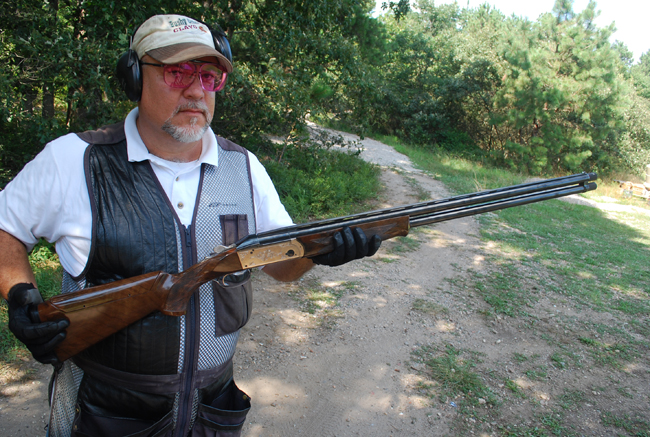
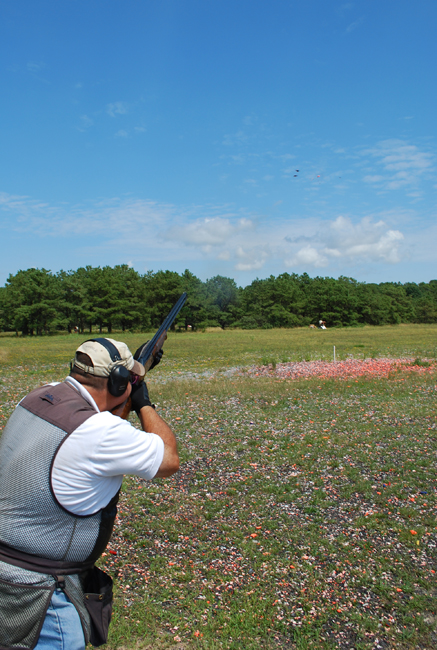

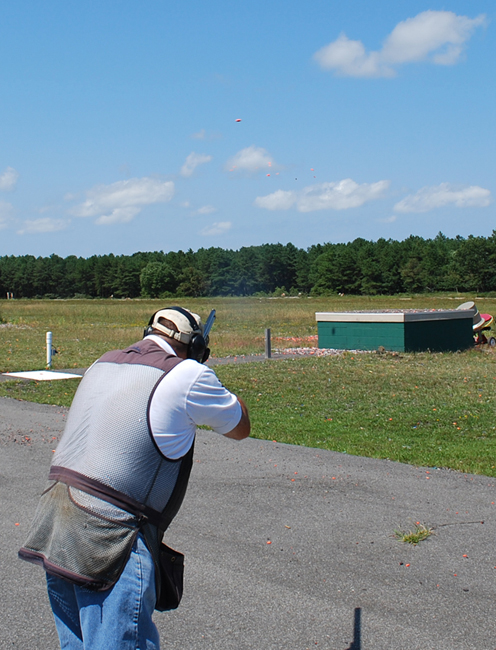
When you're feeling pretty confident start shooting doubles on the skeet range. Two targets force you to find the first bird quicker, but don't rush. La Prelle says most people have trouble shooting doubles because they either try to break the first clay too early or wait too late. Anyone who's ever sat in a duck blind knows this type of practice irreplaceable.
We may earn revenue from the products available on this page and participate in affiliate programs. Learn More ›















